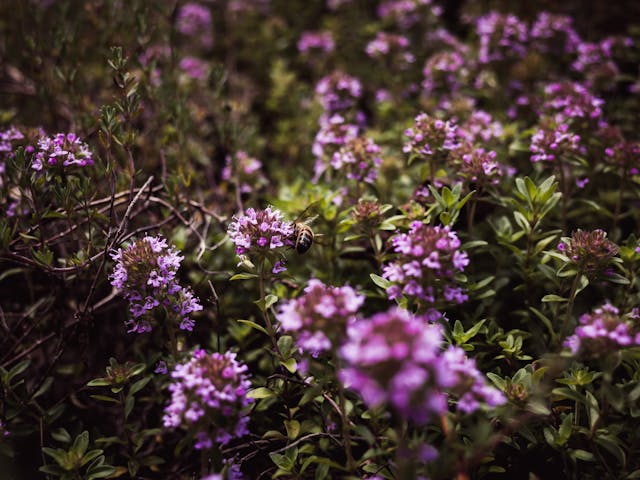Austin Eischeid saw what many would-be landscape designers fantasize about when his parents bought a house in Carroll, Iowa: a blank canvas. At the time, Eischeid was pursuing a bachelor’s degree in horticulture at neighboring Ames. “I drove home with a car full of plants the weekend they moved in,” he recalls. Upon arriving at their new location, he had a distinct picture of a grassy meadow dotted with blooming perennials. After listening to gardener Roy Diblik’s talk on the benefits of pollinator-attracting naturalistic gardens, he had the idea. Eischeid saw the strategy practically as a method to relieve his parents of the constant trimming, watering, and mowing.

Thus, the mowed grass in the front yard and the overgrown vines and bushes in the rear were removed. Instead, Eischeid used plants he had learnt from working with Dutch landscape designer Piet Oudolf, arranged in drifts as if they were growing on a grassland. Eischeid also used lessons learned in school, such packing plants firmly to keep weeds out.
After eleven years, the garden is overflowing with flowers and grass, and Eischeid’s parents use it as a refuge. Though he now works as a landscape designer in Chicago, his mother Belinda keeps him informed about the plants’ progress and the blooms that the bees are visiting. “She sends me 40 to 50 pictures a week, no joke,” Eischeid remarks. “She calls the garden her entertainment.”
The garden needs very little maintenance with its new layout. “In 11 years, it has only been watered five times, when there have been droughts,” explains Eischeid. His parents let the perennials run to seed so that they can provide food for birds and winter interest, skipping the usual autumn cleaning. They mow perennial beds to the ground in the early spring, leaving the waste where it falls for compost that helps to insulate the soil and stimulate the development of new plants.
How to Design a Natural Garden of Your Own
To add a bit extra pollinator friendliness to your own garden, you don’t need to engage a professional landscape designer. Eischeid offers some simple advice that everyone may use to their garden to adopt a more organic aesthetic.
- Grow annuals
For waves of color and texture, Eischeid advises selecting five to seven different types and planting many of them in a mass. Try arranging similar combinations in separate beds, such penstemon, coneflowers, and allium clusters next to moor grass.

- Permit Natural Growth in Your Plants
Observing a garden change with the seasons adds to its attractiveness. Eischeid advises against deadheading in favor of observing the filling in, blooming, and seed-setting stages of perennial life cycles.
- Create Stopping Points
According to Eischeid, it’s crucial to have rest areas in your garden, such as benches, fountains, or containers, if you’re overplanting. He added five little sitting spots and three water features to his parents’ property.



